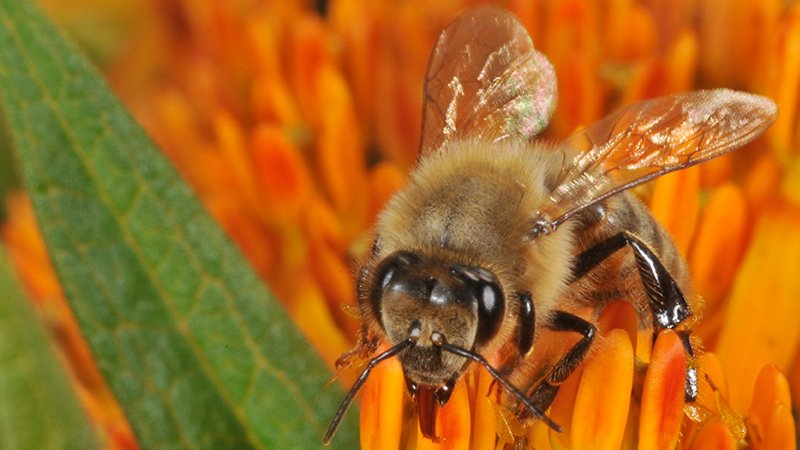
Few things in the turf management business have created as much controversy as the use of neonicotinoids to control insect pests. Critics say the insecticide class is too toxic to non-target species to warrant its use. Proponents claim it is safe if used correctly and too valuable of a tool to lose in the fight against insect pests.
The concern over the effects of neonicotinoids on pollinators, birds and fish has led to partial or complete bans in several states, including Colorado, Maryland, Massachusetts, New York, Nevada, Rhode Island and Vermont.
In response to the controversy swirling around neonicotinoid use the Purdue University entomology department has an online tool that addresses the concerns surrounding neonicotinoid use, tips for safe use and safer alternatives.
The online tool includes information provided directly from the Purdue entomology department as well as material from outside resources.
Information from Purdue addresses concerns about neonicotinoid use, including toxicity levels of several products on non-target species, including birds, fish, mammals and pollinating insects.
Tips include:
- Where and when to apply product.
- Avoid using neonicotinoids in areas with flowering plants.
- Remove weeds with an herbicide before using neonicotinoid insecticides in turfgrass.
- Mow the turf immediately before spraying any insecticide to remove any blooms and to reduce the chance of foraging by insects.
- If used to control insects in flowering trees wait until petals fall off to avoid contact with pollinators.
- The importance of maintaining buffer areas between treated and untreated areas.
- The active ingredient in neonicotinoids can possibly be taken up through the roots of non-target plants that attract pollinators.
- Research indicates a buffer of at least 2-3 feet between treated areas and areas where flowering plants might be growing.
- Seek alternatives.
- According to researchers, alternative resources for control of white grubs, billbugs, chinch bugs, caterpillars and crane flies include pyrethroids, carbamates, diamides and organophosphates.
Other resources from outside Purdue but available through its entomology web site include:
- Protecting and enhancing pollinators in urban landscapes.
- Neonicotinoid Insecticides and Pollinators: What's all the Buzz About?
- The Impact of the Nation's Most Widely Used Insecticides on Birds.
- Bee Advisory Box - USEPA.
- Protecting Bees and Other Pollinators from Pesticides.
- FAQs.

